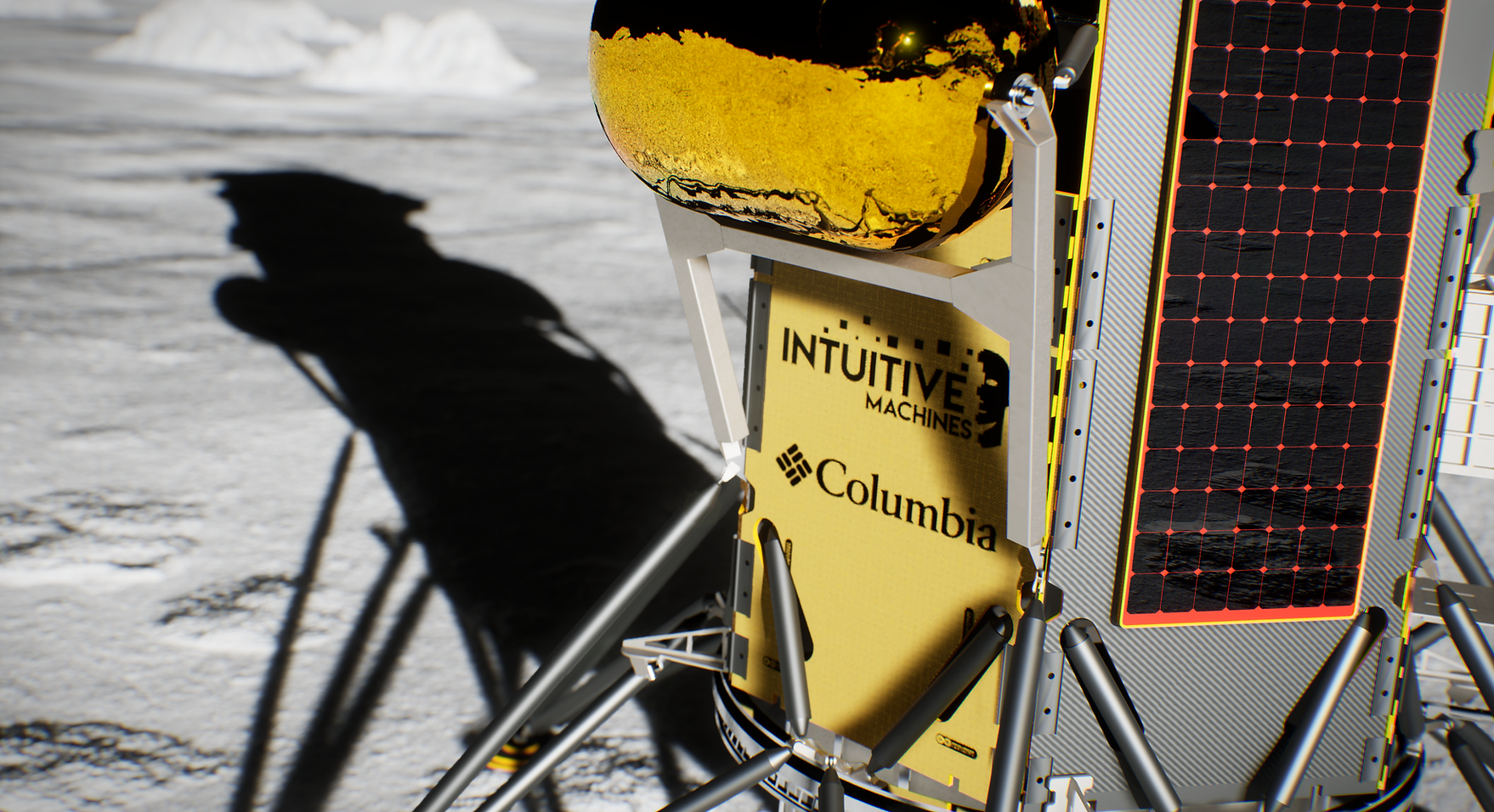
Intuitive Machines makes first U.S. moon landing in 51 years
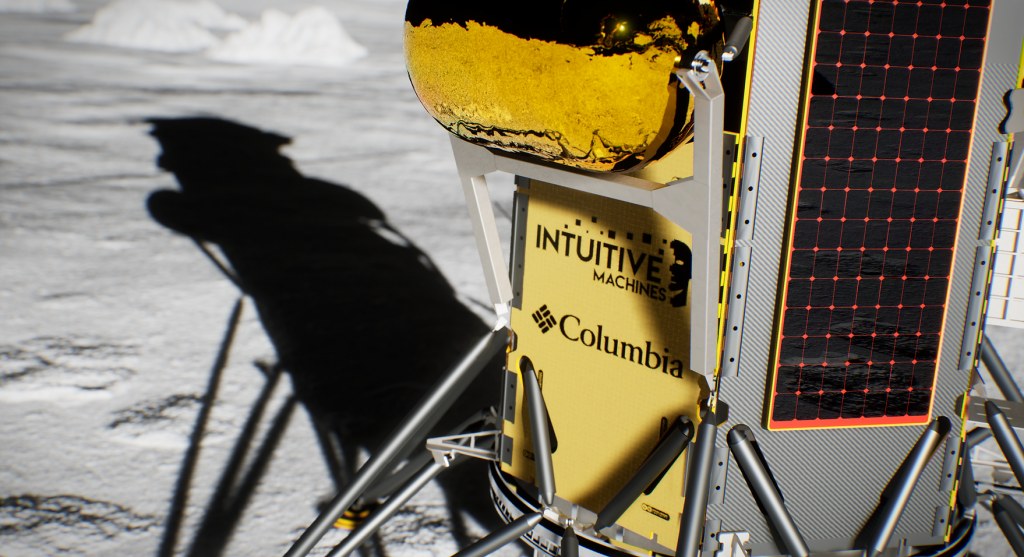
For the first time since the last of the Apollo missions in 1972, an American spacecraft reached the surface of the moon Thursday, a significant step toward NASA’s plan to eventually return astronauts to Earth’s closest celestial neighbor.
After a tense several minutes in which ground controllers were unsure about the health of the spacecraft, designed and operated by Houston-based Intuitive Machines, company officials declared it had landed successfully and was communicating with Earth. About two hours after the landing, the company confirmed that “after troubleshooting communications” the spacecraft was indeed standing upright, a momentous feat for the growing commercial space industry.
“What we can confirm without a doubt, is our equipment is on the surface of the moon,” Tim Crain, Intuitive Machines’ chief technology officer, said shortly after the landing. “And we are transmitting. So congratulations.”
But initially, success was not assured. As the crews waited to hear from the spacecraft in the first few tense moments after the landing, Crain told his team that “we’re not dead yet” while wondering aloud if the spacecraft had landed at an “off angle.”
Steve Altemus, the company’s CEO told his team: “I know this was a nail-biter, but we are on the surface and we are transmitting. Welcome to the moon.”
The spacecraft touched down at 6:23 p.m. Eastern, near the moon’s south pole, after a week-long journey that appeared to go very well from the moment it launched atop a SpaceX Falcon 9 rocket from the Kennedy Space Center.
But as it prepared to descend to the surface ground controllers realized that lasers intended to determine its altitude and horizontal velocity, key data points for it autonomously to land softly on the surface of the moon, weren’t working. They ordered the craft to take an additional orbit around the moon before the landing attempt while uploading a software patch that would allow the spacecraft to begin using a NASA Doppler Lidar system that was to have been a technology demonstration during the flight.
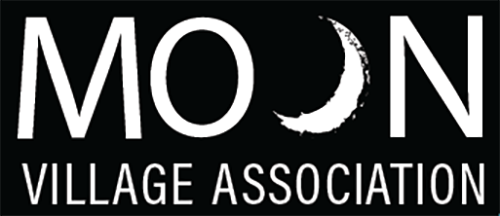
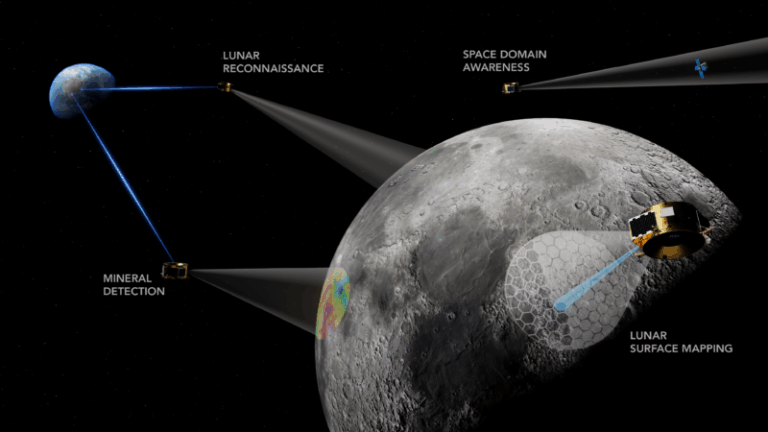
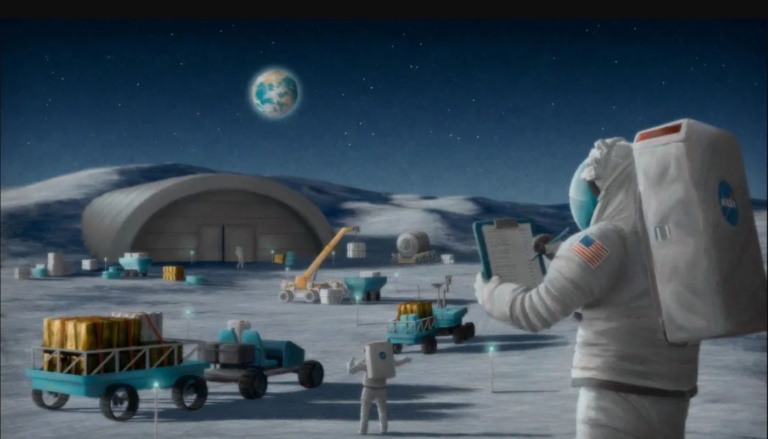
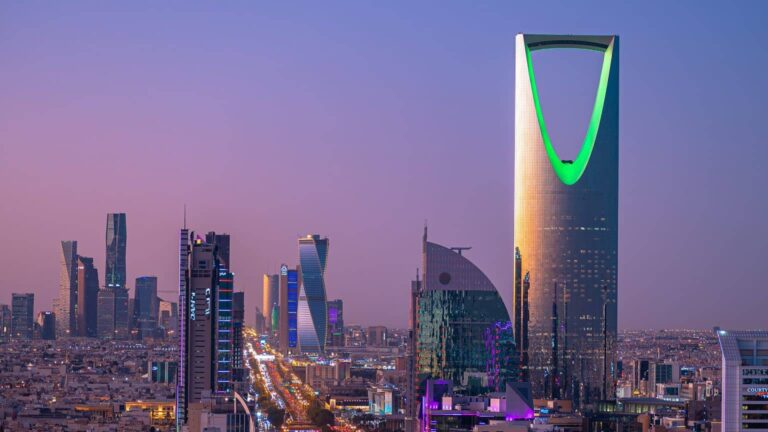
You must be logged in to post a comment.